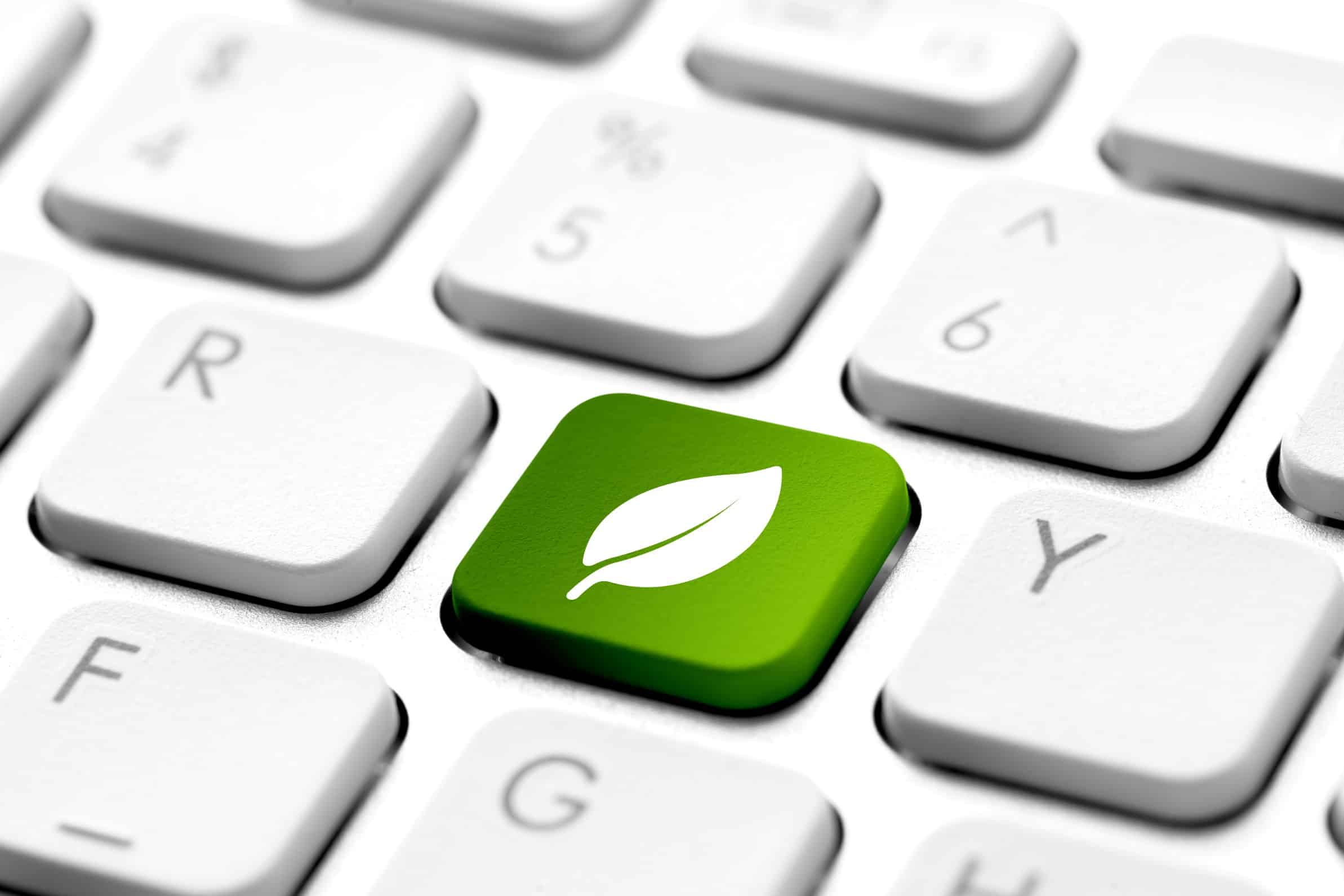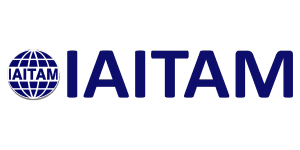ITAM and Green IT
Sustainable ITAM is an approach to IT management that considers environmental, social, and governance impacts.

Introduction
ITAM and Sustainability are closely interrelated and mutually beneficial disciplines. ITAM can support the implementation of sustainability principles and practices in IT by providing a systematic and holistic approach to managing IT assets and services in alignment with the organization’s environmental, social, and governance (ESG) objectives and stakeholder expectations. Sustainability can enhance the value and performance of ITAM by providing a framework and criteria for evaluating and improving the environmental and social impact of IT assets and services, as well as the governance and transparency of IT management. Overall, sustainable ITAM drives the use of Sustainable or Green IT. As simple as that sounds, one question requires an answer. What is Green IT?
Sustainability Conduct of IT Asset Suppliers and IT Service Providers
One of the key elements of Sustainable ITAM is to select and work with IT asset suppliers and IT service providers that demonstrate a high commitment to sustainability and ethical conduct in their business operations and value chain. This can help an organization to reduce the environmental and social risks and externalities associated with the sourcing, production, delivery, and support of IT assets and services, as well as to enhance the reputation and trust of the organization and its stakeholders.
Assessing and engaging with IT asset suppliers and IT service providers regarding the implementation of sustainability measures and compliance with sustainability requirements should include but not be limited to the supplier’s efforts to:
• adhere to human and labor rights,
• promote occupational health and safety,
• protect the environment,
• apply good governance for conducting business, and
• commit subcontractors and sub suppliers to follow the same code of conduct.
In addition, the following criteria and indicators may be used to evaluate and monitor the sustainability performance of IT asset suppliers and IT service providers:
• compliance with relevant laws, regulations, standards, and codes of conduct,
• certification or accreditation by recognized sustainability schemes or initiatives,
• disclosure and reporting of sustainability policies, objectives, targets, and outcomes,
• stakeholder engagement and feedback mechanisms, and
• continuous improvement and innovation in sustainability practices.
Resource Consumption of IT Assets
Another key objective of Sustainable ITAM is to optimize the resource consumption of IT assets throughout their lifecycle, from acquisition to disposal. Resource consumption refers to the type and amount of materials and energy used for the manufacturing, operation, and end-of-life treatment of IT assets, as well as the greenhouse gas (GHG) emissions and other pollutants generated as a result. Reducing resource consumption can help an organization to lower the environmental impact and costs of IT assets and services, as well as to contribute to the global efforts to mitigate climate change and conserve natural resources.
As part of their ITAM system, an organization should implement principles and guidelines for measuring and managing the resource consumption of IT assets, covering their material consumption, compute and IT infrastructure consumption, and energy consumption. It is also recommended, to define and monitor criteria and indicators for resource consumption of IT assets and services, such as:
• material type and recyclability of an IT asset,
• compute and IT infrastructure utilization and efficiency,
• energy source, GHG emissions and intensity, and
• other environmental impacts, such as e-waste, water consumption, or biodiversity loss.
Lifecycle Management of IT Assets
A third key aspect of Sustainable ITAM is to drive the adoption of a sustainable lifecycle of IT assets, from acquisition to disposal. A sustainable lifecycle approach considers the environmental and social impacts and opportunities of IT assets and services at each stage of their existence, and aims to extend their lifespan, functionality, and value as much as possible. A sustainable lifecycle approach can help an organization to improve the sustainability and performance of IT assets and services, as well as to support a circular economy and avoid or minimize e-waste generation.
With the implementation of a sustainable lifecycle approach an organization should aim to improve the
• maintainability and repairability of IT assets,
• compatibility and interoperability of IT assets,
• recyclability of IT assets, and
• scalability of IT assets.
The following criteria and indicators can be used to evaluate and monitor the lifecycle management of IT assets:
• accessibility and modularity of IT asset components,
• extensibility and upgradability of IT asset functionality,
• returnability and reusability of IT asset materials, and
• flexibility and adaptability of IT asset utilization.
Conclusion
Sustainable ITAM is a strategic and holistic approach to the use and management of IT assets and services that aims to minimize their negative impact and maximize their positive contribution to the environmental, social, and governance contexts in which they operate. Sustainable ITAM can enhance the value and performance of IT by providing a framework and criteria for evaluating and improving the sustainability aspects of IT assets and services, as well as the governance and transparency of IT management.
